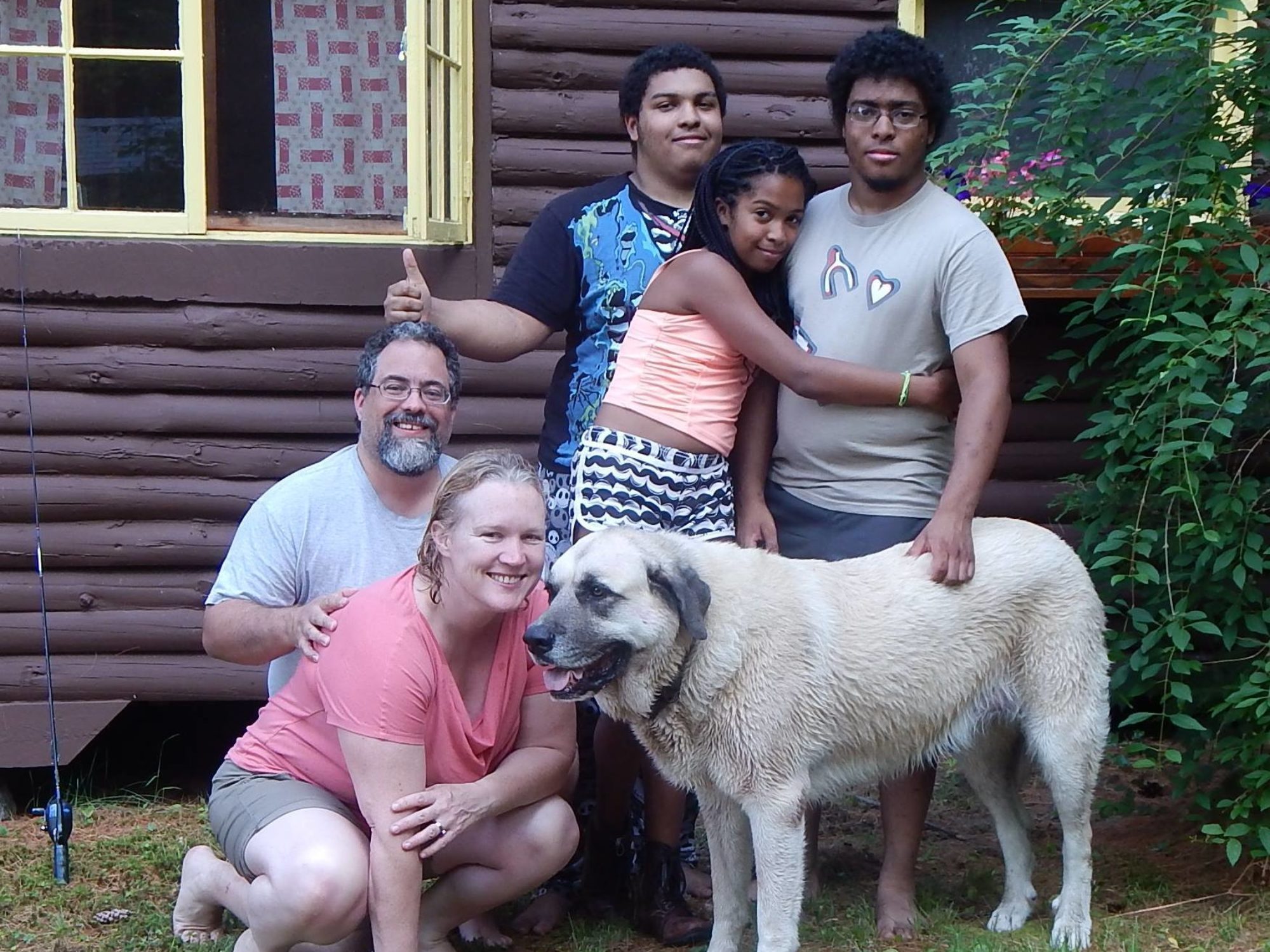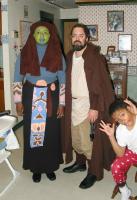Remember the line about doing seven impossible things by breakfast?
I am becoming the Apple/Mac/Safari Guy at Kronos. (Safari, for those of you wondering, is Apple’s partly-home-grown Web browser, and it’s the default browser for Mac users.)
One of our problems in development is the rapidity with which Apple releases new versions of its operating system. Unlike Windows, which tends to be fairly stable, we might see Apple users upgrading their operating systems every six months or so. But, our applications need to work on Safari, and it’s considered a good idea to make sure they actually work. The immediate question is which Safari? A user with Safari 1.3 on OS X 10.3.9 is going to get a very different experience from a user with Safari 1.2.4 on OS X 10.3.8 or 10.3.9, and that will vary still from a user with OS X 10.4.1 and Safari 2.0. Nevertheless, these environments are all likely to be encountered by our customers, so we have to test them.
A few days ago, I’d upgraded our G5 Mac to OS X 10.4.1 with the latest patches, and intended to leave OS X 10.3.9 installed on a much-slower iMac that also belongs to our team. But I realized we still needed an environment on which to test the latest builds of Safari and the operating system as we get them from our Apple Developer Connection subscription, which works much like the MSDN subscription does.
The best solution, given that we use the Mac relatively little, would be to put all three builds on the same machine. I’d never set up multiple partitions on a Mac before, and was curious about dual-booting two flavors of OS X. It turned out to be surprisingly easy.
I knew that repartitioning the drive would wipe out all the data. The only items of importance to us on the machine were a few bash scripts Doug “JavaDoug” Ross had written for a massive properties namespace protection/conversion project we’d done. I moved those off to my own machine via FTP.
I popped in the OS X 10.4 DVD (yes, DVD), and chose Restart from the Apple Menu. Holding down “C” allowed me to boot from the DVD, which automatically launched the installer. From the installer menu, I could choose to run the Disk Utility, which is pretty much like fdisk combined with chkdsk, but with a prettier interface.
I realized I should actually create three partitions. The first would be our “main” test setup, which is currently OS X 10.4.1 (and climbing). The second partition would hold the last release of OS X 10.3.9, which is the last version of OS X we support with the release of Kronos Workforce Central 5.1 product suite. The third partitions would be an OS X 10.4.x sandbox, where we can install the latest released-to-developers code without risk to our test machine.
I got OS X 10.4.0 installed, and ran two levels of restart-required patches to bring it up to 10.4.1 with the latest security updates. I verified that everything, including VNC, was running correctly at startup. (Do you think I want to spend my days running back and forth to our hardware lab? Yes, there is a certain Geeky thrill to being in a room with raised flooring and immersed in the overpowering sound of the blowers, but I happen to like my cube–which some have described as a “playpen.”) The first part of the project took less than half an hour. I was only stumped once.
Next came the OS X 10.3.9 installation. The latest disk I had readily available was OS X 10.3.5, but it’s a simple process to patch it to the later version. This time I had to hold Option down at startup, to give me the choice of booting from the install CD or from the OS X 10.4.1 partition.
Picking the installation volume (partition) and getting OS X 10.3.9 running was easy. This version ships on CD instead of DVD, and it took surprisingly longer to set up–over an hour, I would estimate. It’s in the final stage of installing now; I’ve just installed the first 11 items that require a restart, and then the Software Update applet found 7 more items. One interesting bit of trivia: Apple was pitching an Earthlink Internet connection subscription as part of the OS X 10.3.5.
<rant>
That reminds me. Why is it that Apple can do no wrong? It’s guilty of doing things that would land Microsoft in court, but no one seems to care. For example:
- Apple installs only QuickTime for media playing, and it’s not an optional install, even when choosing the custom installation option. I guess the ability to install a different media player is good enough for Apple in the EU, but not for Microsoft.
- What’s with the hard sell for Earthlink (then later a pitch for a .Mac account at $100/year)?
- On a Windows system, why does iTunes install and run (without asking me) both the iPod service and the QuickTime system tray lurker? They are both needless consumers of my computer’s resources, and iTunes ought to even ask if I even own an iPod. Every time I update iTunes, and hence QuickTime, QuickTime can’t remember my preferences about this from the last install!
- What’s up with the only CD/DVD eject button being on the keyboard? What if I don’t use a Mac keyboard? What if I want to install a second CD/DVD drive internally? There’s no place to put it without taking a hack saw to the beautifully-finished front panel.
- I know I have a choice since the devices are USB-based, but a one-button mouse is just about as useless as possible. Not even a mousewheel is standard. Remember when Apple had sensible designs? Tell me why control-clicking, which requires two hands, is more intuitive than right-clicking, which requires only one. And, of course, playing Find the Scrollbar is such fun, I can’t imagine why anyone would ever miss their mousewheel!
- Microsoft wrote a Remote Desktop client for the Mac, which allows Remote Desktop to be used on a Mac to connect to a PC. Guess what platform Apple never bothered to write a remote desktop client for? And guess which company charges a small fortune to even get it’s Remote Desktop application? It’s a good thing there’s OSXVNC and Chicken of the VNC on SourceForge!
</rant>
You might be tempted to think I don’t like OS X or Apple. You’d be wrong. I actually love the Apple, but its defenders seem to be unable to look at it objectively.
My one other gripe is that OS X can be extremely powerful, but that power (think one-button mouse here) is insulated from the users. Mac users fall into two categories: “I can only do e-mail,” and “I’m a ‘Nix propeller-head who thinks any GUI is for the weak.” Like it or not, Windows provides an easy learning path to becoming a power user, with the most advanced features lying under the surface, ready to be explored via right-clicking and choosing “Properties.” Just like Mac users, Windows users can ignore the power, but it’s there when you want it.
On the other hand, most Apple users don’t fear an operating system upgrade. Most applications work fine on the new O/S or patch, and even reinstalling the O/S (if one isn’t repartitioning a drive) can be done without losing existing user accounts or application data. There is much Microsoft could learn from Apple, including the possibility of ditching backward compatibility for something lean-and-mean while providing a good emulator.
Anyway, the third operating system install is in progress (OS X 10.4.1, ready for the latest developer code). It’s been 9 minutes, and the installer predictions about 7 minutes to go. I’ll have to finish configuring it in the morning, because I need to head home, but I can’t believe how easy and quick the installation is.



